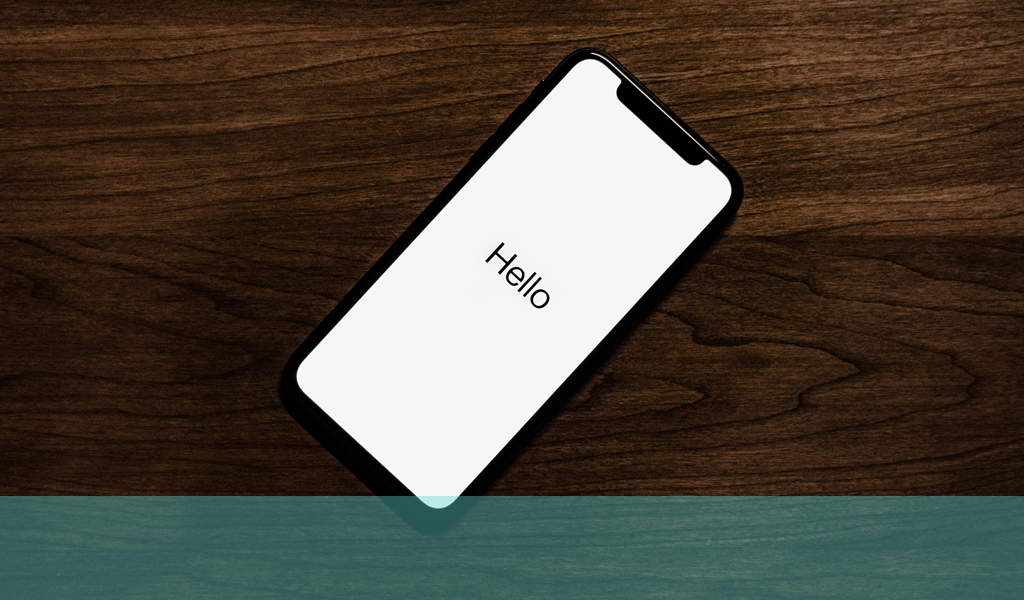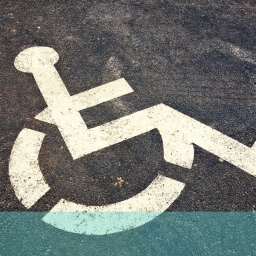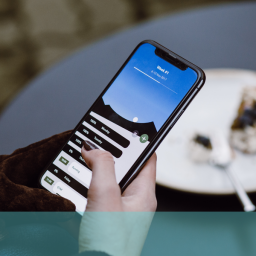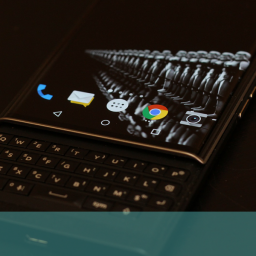
What is different about desktop vs. mobile accessibility?
Remarkably, given the publicity from in particular RNIB over the past decade or more, and changes in legislation, there is still a lack of awareness about website accessibility. The Equality Act, which came into force in October 2010 and replaced the Disability Discrimination Act (DDA) (in England, Scotland and Wales), made it even clearer what organisations are required to do by law to provide services to people with disabilities. However, if people are unclear about website accessibility on PC’s their understanding of mobile accessibility is even further behind.
Does the legislation embrace mobile?
The law applies to mobile apps and website as much as it does to websites viewed on a PC or laptop. There are not separate guidelines from WCAG for mobile accessibility and it is covered under the existing W3C accessibility guidelines. There is information provided by WCAG about the overlap and this can be found here.
What about apps?
Yes the law applies to apps as well although how much you have to do is somewhat dependent on the operating system and devices you are developing for (see below). There are parallels here with PC functionality such as text magnifiers but bigger differences between devices that impact on mobile accessibility.
Does it make a difference which device is used?
It makes a big difference which device you use for an accessible experience. iOS has a number of built in mobile accessibility features such as Voice-over screen reader, zoom and large text. Android also has some accessibility features but they are not the same. Both provide guidance for developers to help them make their apps accessible to people with disabilities. There are more mobile operating systems than these two and so these differences add to the complexity for app and website developers and for accessibility audits – see below.
The Global Accessibility Reporting Initiative (GARI) is a project that has the objective of helping consumers understand more about the various mobile accessibility features of mobile handsets. There is lots of information available for developers, manufacturers and more.
Accessibility Audit differences
Carrying out a usability audit on a mobile device takes longer because there are more checkpoints than with a traditional website accessibility audit. Unlike traditional website accessibility where there are different levels of compliance (A, AA and AAA) there is only one level for mobile accessibility compliance AA. At Usability247 we go beyond this and also test for compliance with the W3C Mobile Web Best Practices (MWBP).
Is your corporate app or mobile website accessible? Can it be used effectively by people with disabilities? If you don’t know and would like to find out get in touch now.

















